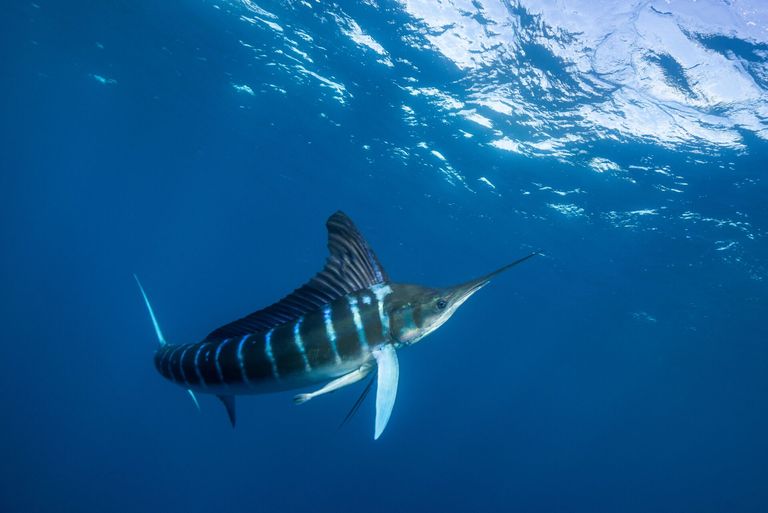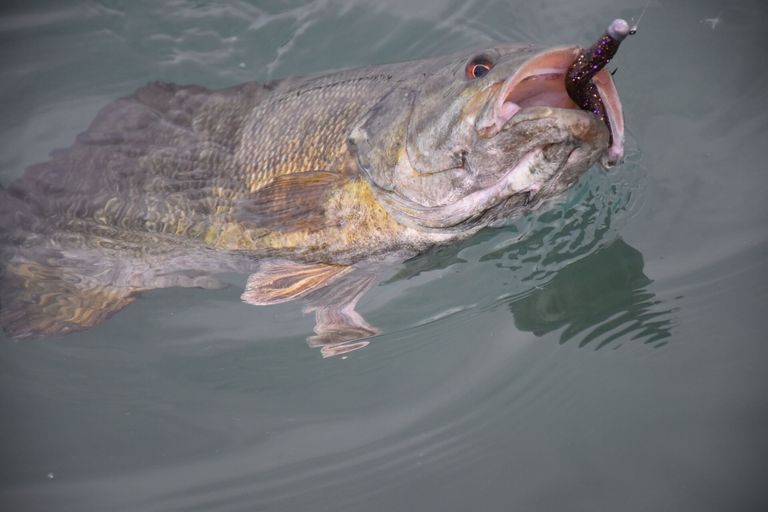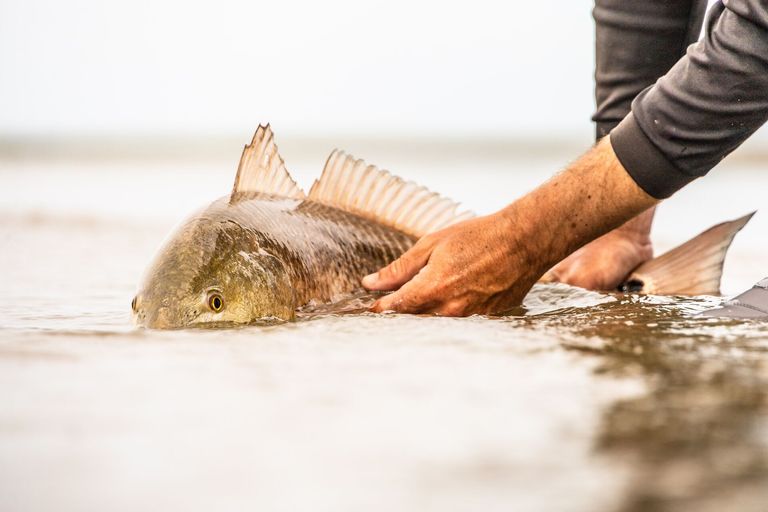Can a Fish Finder Get Wet? A Guide for Anglers
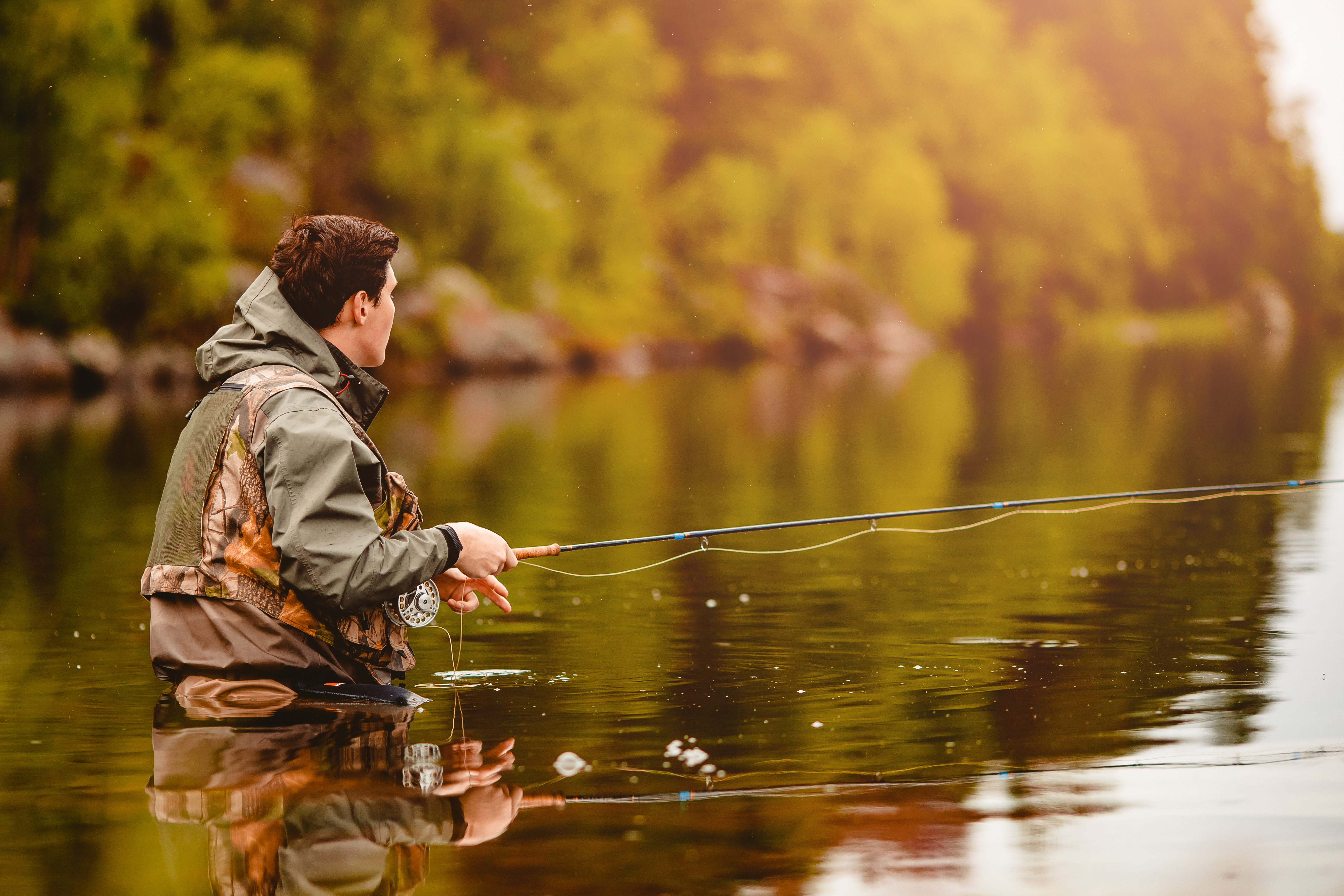
Whether you've been fishing for a long time or just getting started on fishing adventures, you want to protect your gear. That includes your fish finder, and one of the biggest questions surrounding this piece of equipment is whether it can get wet. After all, fishing involves exposure to water, and finding the fish you're looking for is essential for a good experience.
So, can a fish finder get wet? Here's what to know about using electronics to find fish and how to protect those electronics while on the waterways.
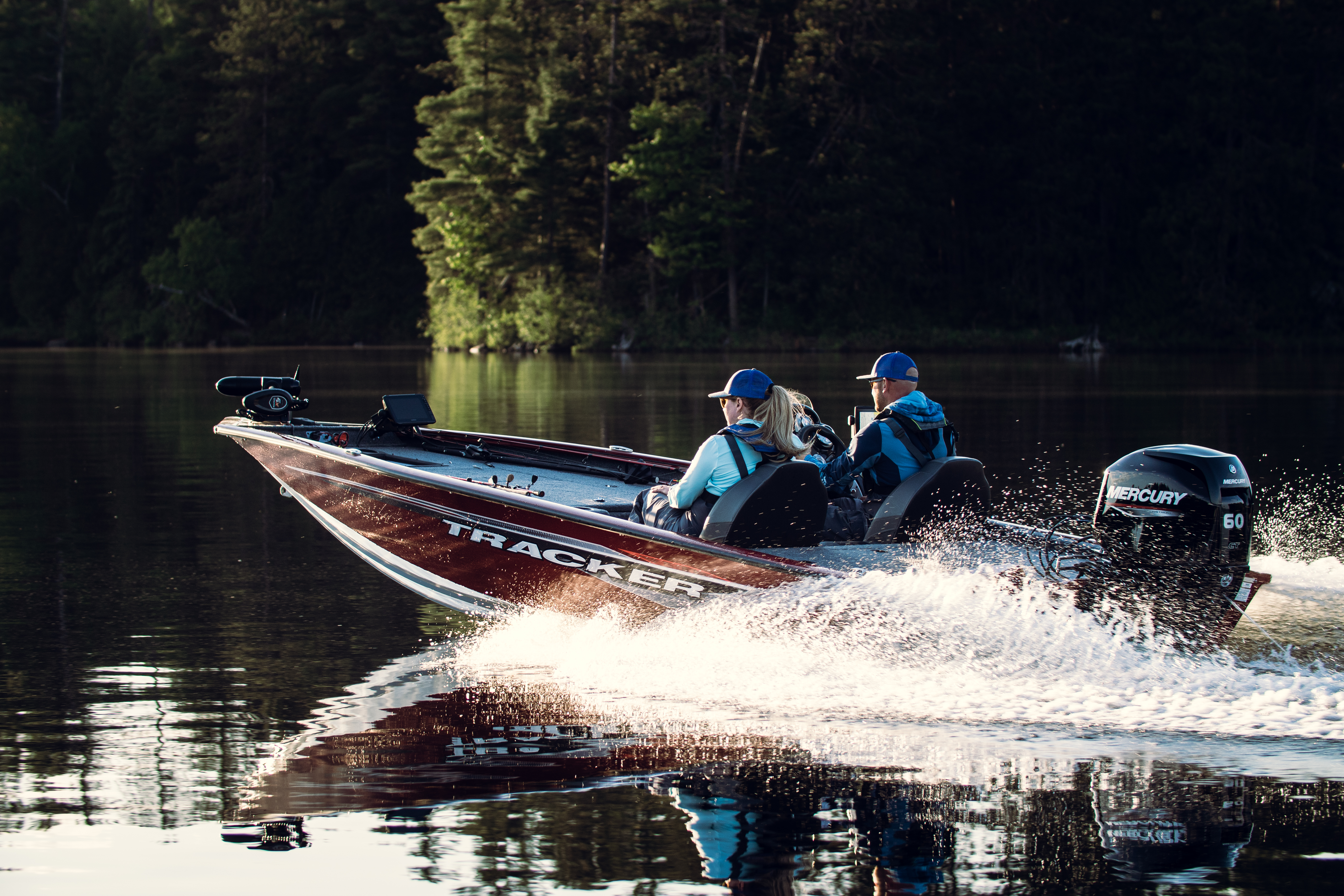
Waterproofing Levels for Fish Finders
Before you choose any electronics for finding fish, look at the waterproofing standards they're following. Understanding these standards is essential for ensuring longevity and performance.
One commonly used standard is the IPX rating system, which tells you about a device's level of water resistance. These ratings range from IPX0 (no protection) to IPX8 (submersible beyond 1 meter).
Having a higher IPX rating means better protection against water. For example, a device with an IPX7 rating will withstand immersion in water up to 1 meter deep for 30 minutes.
You'll want to carefully consider your finder's IPX rating to determine whether it suits your fishing needs and goals.
Maintenance Tips
Experienced anglers understand the need to practice regular maintenance to ensure your finder performs as well as possible despite exposure to water.
Good maintenance includes cleaning the device after every use to remove debris, salt, or other contaminants. The seals and connection points are critical when cleaning to reduce the chances of water damage.
When you store your finder, choose a dry area that's well-ventilated and away from direct sunlight or extreme temperatures. Inspect it for water damage or other wear and tear and address any issues immediately. This can extend the life of your device and ensure that it performs well every time you use it.
Submersible vs. Water-Resistant
When looking for the right finder, you have two main choices: submersible and water-resistant.
- Submersible finders have higher IPX ratings, as they can be placed in water and are more suitable for harsher environments.
- Water-resistant finders have lower IPX ratings and usually handle light rain or splashes.
The choice is up to you and should depend on how you typically fish and the conditions you encounter.
If you fish in deep waters or are exposed to heavy rain, getting a submersible model is generally better. However, a water-resistant option can be excellent for calmer waters and casual fishing trips.
Following the tide tables and monitoring weather conditions can help you choose fishing conditions that work for you and the finder you purchased.
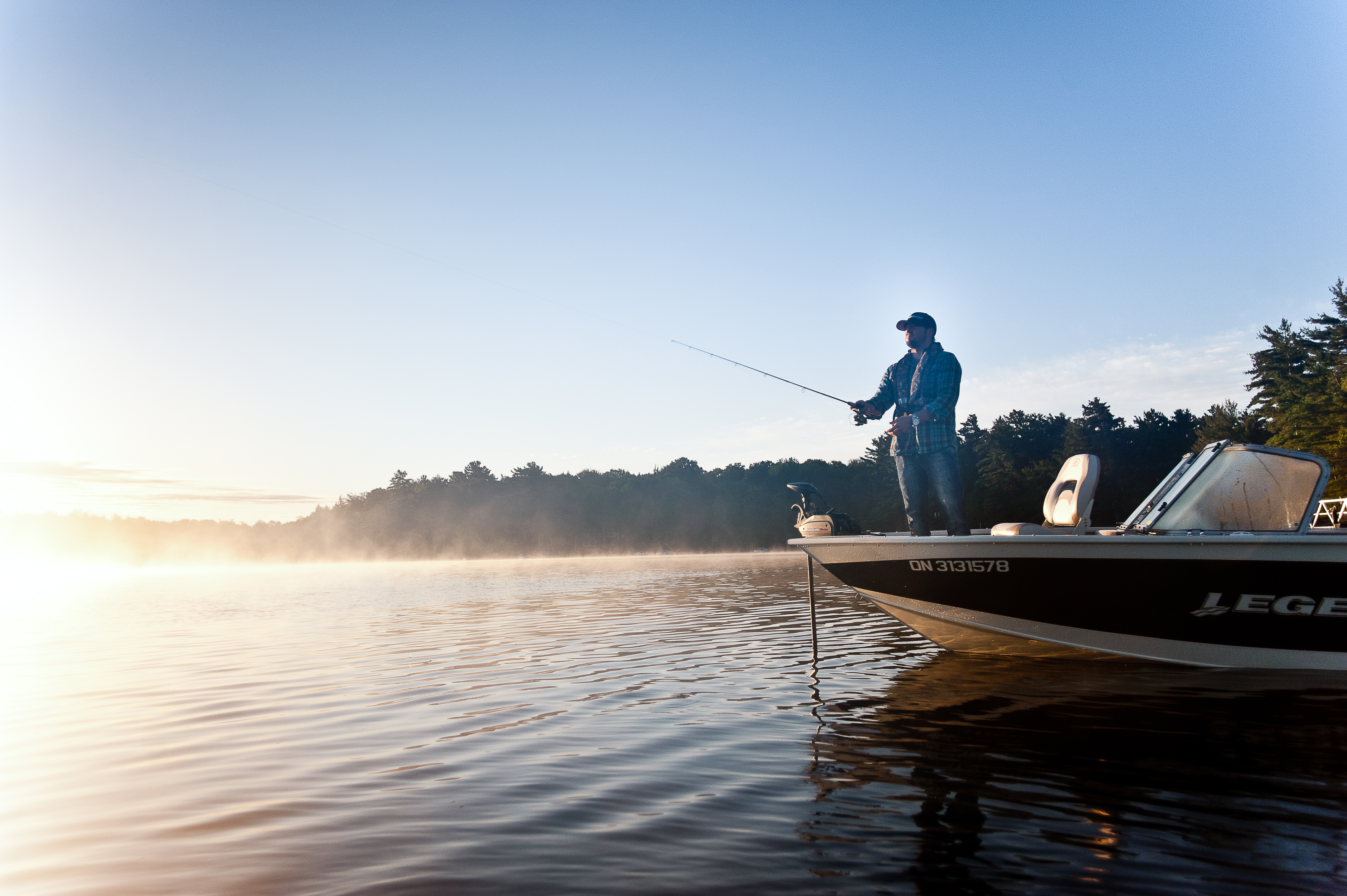
The Impact of Water Exposure on Your Fish Finder
Exposing a fish finder to water can have serious consequences, including corrosion and electronic malfunction.
Using a water-resistant finder in a submersible manner could also void the warranty. Even minor drips and splashes can cause problems if you don't take good care of the finder, which could lead to it not working when needed.
Taking precautions to keep your finder dry is a great idea. It will provide you with increased peace of mind and a finder that works as expected. You'll want to consider a waterproof cover, a protected location for mounting, or a rugged design that's more likely to hold up to what you need and beyond.
Tips for Fishing in Wet Conditions
Fishing in wet conditions can be challenging, but with proper precautions, you can keep your electronics safe and functioning well.
Along with a waterproof canopy or cover for the finder, you can mount it where it's least likely to be exposed to the elements. However, the specific location will depend on your boat type.
While ruggedized models designed for rough environments are typically more expensive, the extra cost can be well worth it. You'll enjoy a fish finder with increased durability, which will increase your confidence in the finder's abilities.
Models built to withstand shock, moisture, and the environment around them are excellent choices for long-term use.
Choosing the Right Fish Finder
Selecting the right finder comes down to your individual preferences and needs. You'll want to consider your budget, the finder's depth capability, fishing style, and display preferences. These all matter in your decision, even though one or more factors may be more important to you than others.
If you're a fishing beginner, consider getting an intuitive, user-friendly model with all the essential features you'll need. Higher-end models can be a better choice for more advanced anglers. These provide advanced sonar technologies and customizable settings that you can adjust to fit your specific fishing techniques.
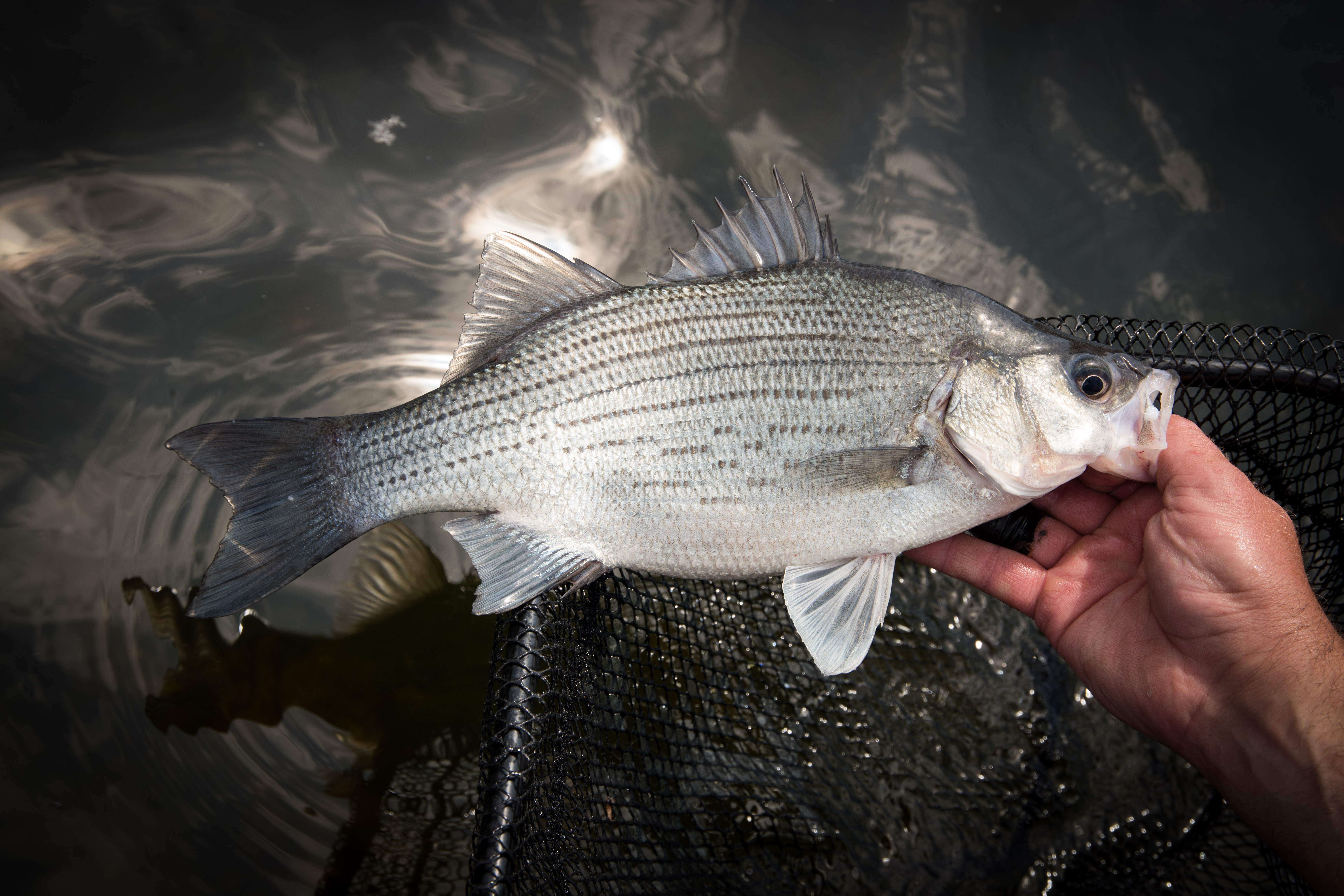
Get Safety Certified Before Hitting the Water With Your Fish Finder
We hope these insights are helpful in understanding if your fish finder can get wet (or not)!
Before you head out on your next fishing adventure to try out your new fish finder, take the time to get boating safety certified. As important as it is to protect your finder from the elements, it's more important to protect yourself and others while boating and fishing.
Online courses through BOATERexam are an excellent way to learn about the safety equipment your boat needs (in addition to your finder), how to navigate to your favorite fishing hole safely, and what to do if something goes wrong while on the water.
In Canada, choose our Canada-approved course. If you boat and fish in the U.S., select the course for your state and get boat safety certified!

